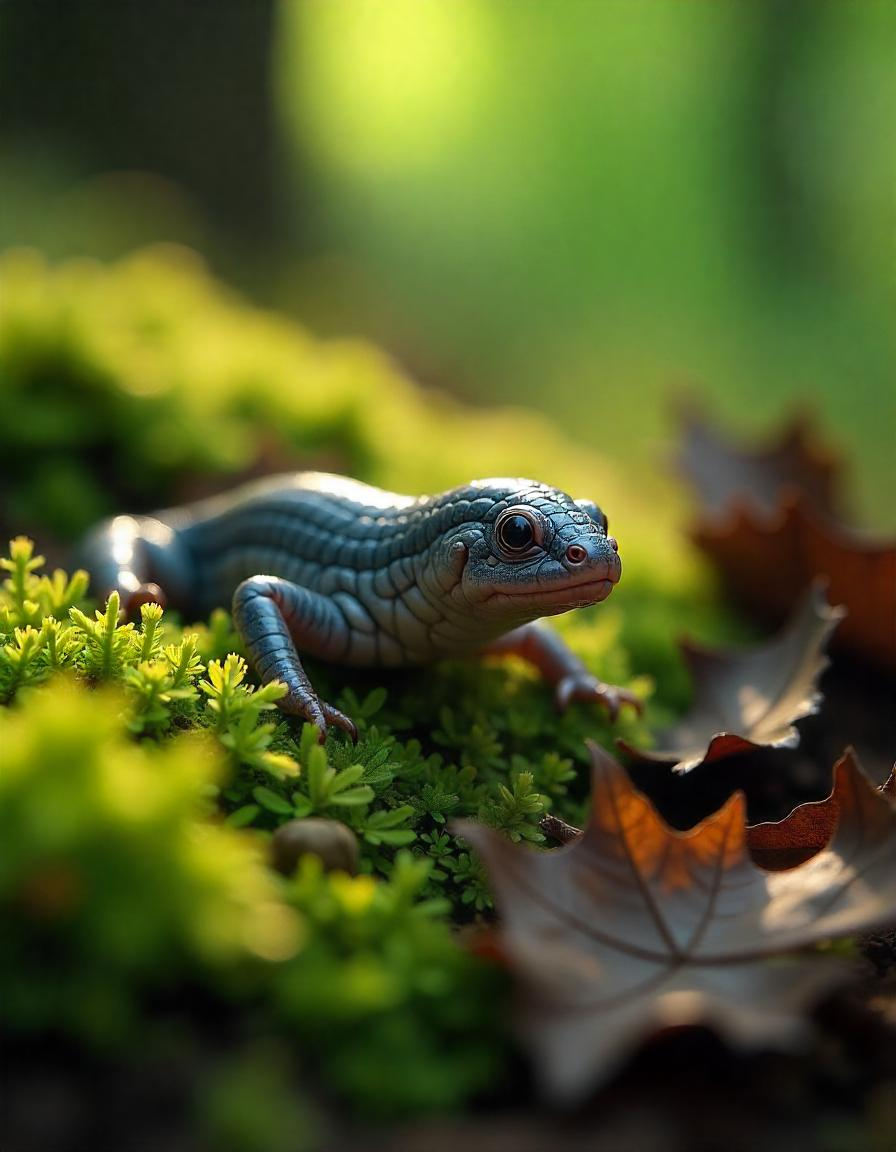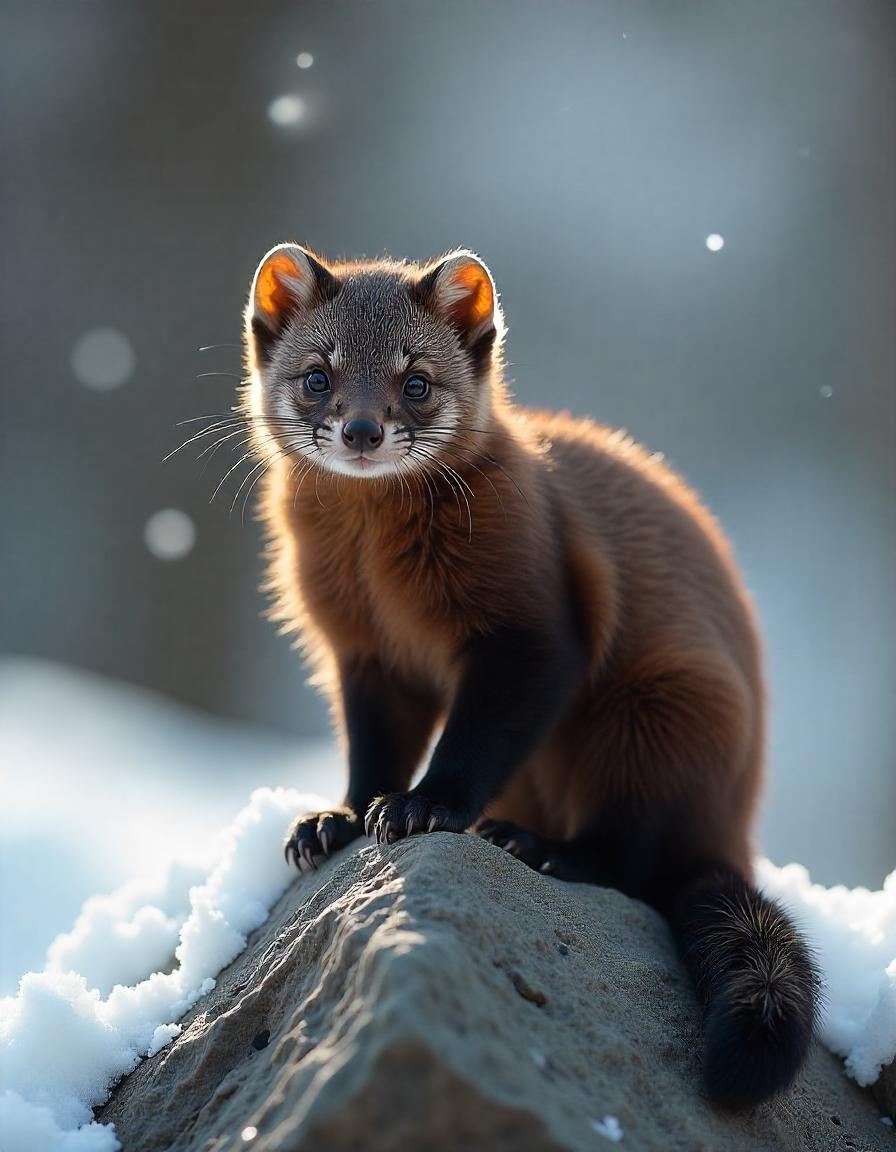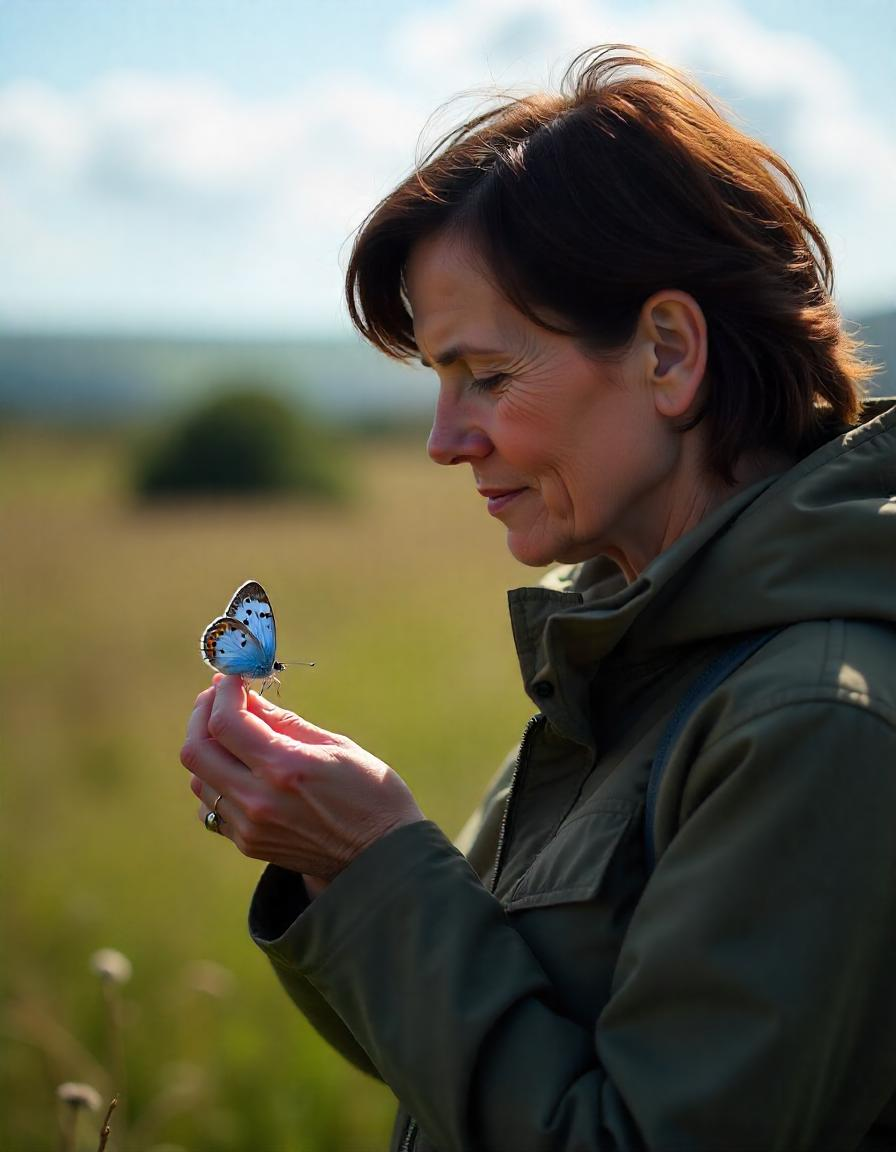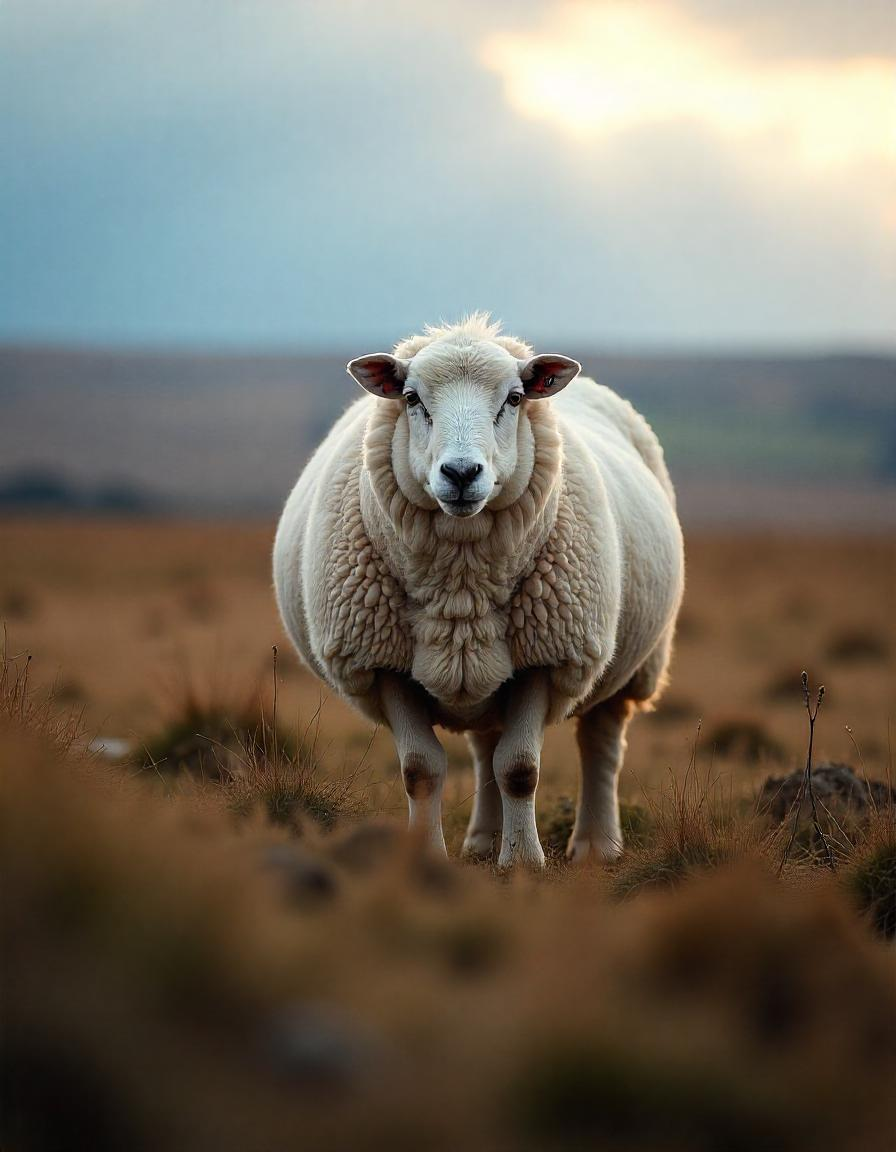Dartmoor National Park is a remarkable haven for nature lovers and wildlife enthusiasts. This iconic landscape in Devon is home to a wide variety of fascinating creatures, each thriving in Dartmoor’s distinct habitats. From the iconic Dartmoor ponies to soaring birds of prey, this is a place where wildlife and wild landscapes come together.
A Diverse Range of Habitats
The park’s unique blend of moorlands, woodlands, rivers, and farmland supports a rich ecosystem. Each habitat offers something special for the animals that call Dartmoor home.
- Moorlands
The sweeping open moors are perhaps Dartmoor’s most famous feature. These areas are home to species like skylarks, meadow pipits, and adders, which can often be seen basking in the sun. Dartmoor ponies also roam freely here, grazing on the moor’s hardy vegetation. - Woodlands
Ancient woodlands such as Wistman’s Wood are teeming with life. Here, visitors may spot roe deer, wrens, and even rare mosses and lichens clinging to the gnarled oak trees. These old-growth forests provide shelter for countless species. - Rivers and Wetlands
Streams and bogs are vital to Dartmoor’s biodiversity. Otters can be spotted playing along riverbanks, while birds like kingfishers and dippers grace the waters with their presence. Wetlands also provide vital breeding grounds for frogs, toads, and dragonflies. - Farmlands and Hedgerows
Traditional farmlands and thick hedgerows are hotspots for smaller animals, including hedgehogs, voles, and a variety of birds such as yellowhammers and finches.
Iconic Dartmoor Wildlife
The Dartmoor Pony
No visit to Dartmoor would be complete without encountering its most famous resident – the Dartmoor pony. These hardy creatures have roamed the moors for centuries. Known for their resilience and gentle demeanor, they are perfectly adapted to the harsh Dartmoor environment. While they may seem tame, it’s important not to feed or disturb them to ensure their well-being.
Birds of Prey
Dartmoor’s skies are alive with majestic birds of prey. Buzzards are commonly seen circling above, while kestrels hover in search of prey. For the lucky few, a glimpse of the elusive goshawk or peregrine falcon is unforgettable. These apex predators play a crucial role in the ecosystem by controlling small mammal populations.
Mammals
Beyond the ponies, Dartmoor supports a variety of mammals. Badgers and foxes are often active at dawn or dusk, while shy roe deer can be spotted in woodland areas. Otters, though elusive, are sometimes visible along Dartmoor’s rivers. For nocturnal explorers, the moors are home to several species of bats, such as the lesser horseshoe bat.
Rare and Endangered Species
Dartmoor is also a sanctuary for species that are disappearing from other parts of the UK. The cuckoo, a bird whose call heralds the arrival of spring, can be found here, along with the ring ouzel, a rare upland thrush. Conservation efforts help protect these vulnerable creatures and their habitats.
How Conservation Supports Dartmoor’s Wildlife
Dartmoor’s wildlife thrives thanks to ongoing conservation efforts. Organizations and local communities work together to manage grazing, restore habitats, and protect the park’s natural beauty. For instance, maintaining moorland vegetation supports grazing animals and ground-nesting birds, while replanting native woodlands ensures a future for woodland species.
Collaboration between farmers and conservationists has also been essential. Initiatives like hedgerow management and pollution control in rivers have made a significant difference to bird and aquatic life. Visitors can support these efforts by respecting nature and adhering to Dartmoor’s guidelines.
Tips for Wildlife Spotting on Dartmoor
Spotting Dartmoor’s remarkable animals requires patience and a little know-how. Here are some tips to enhance your experience:
- Choose the Right Time
Early mornings and evenings are the best times for wildlife watching, as many species are most active during these periods. - Bring Binoculars
A good pair of binoculars can help you view animals from a respectful distance, especially birds and mammals like deer or otters. - Stay Quiet and Still
Animals are more likely to appear when they feel undisturbed. Find a quiet spot, avoid sudden movements, and wait. - Visit Key Locations
For ponies, head to Haytor or Hound Tor. To glimpse otters, explore riverbanks around Lydford or Dartmeet. Woodland species are often seen in Wistman’s Wood or Bellever Forest. - Respect the Environment
Stick to marked paths, avoid leaving litter, and never feed wildlife. Habitats are delicate, and keeping your distance helps secure their future.
Experience Dartmoor’s Living Landscape
Few places in the UK offer such a rich mix of wildlife surrounded by magnificent landscapes. Whether you’re a seasoned birdwatcher or simply hoping to spot a Dartmoor pony grazing on the hills, Dartmoor National Park is a destination for unforgettable wildlife encounters.
Take your time, tread lightly, and discover the natural wonders that make Dartmoor a true treasure. The animals and their habitats hold stories of resilience, making every sighting a memory to cherish.



